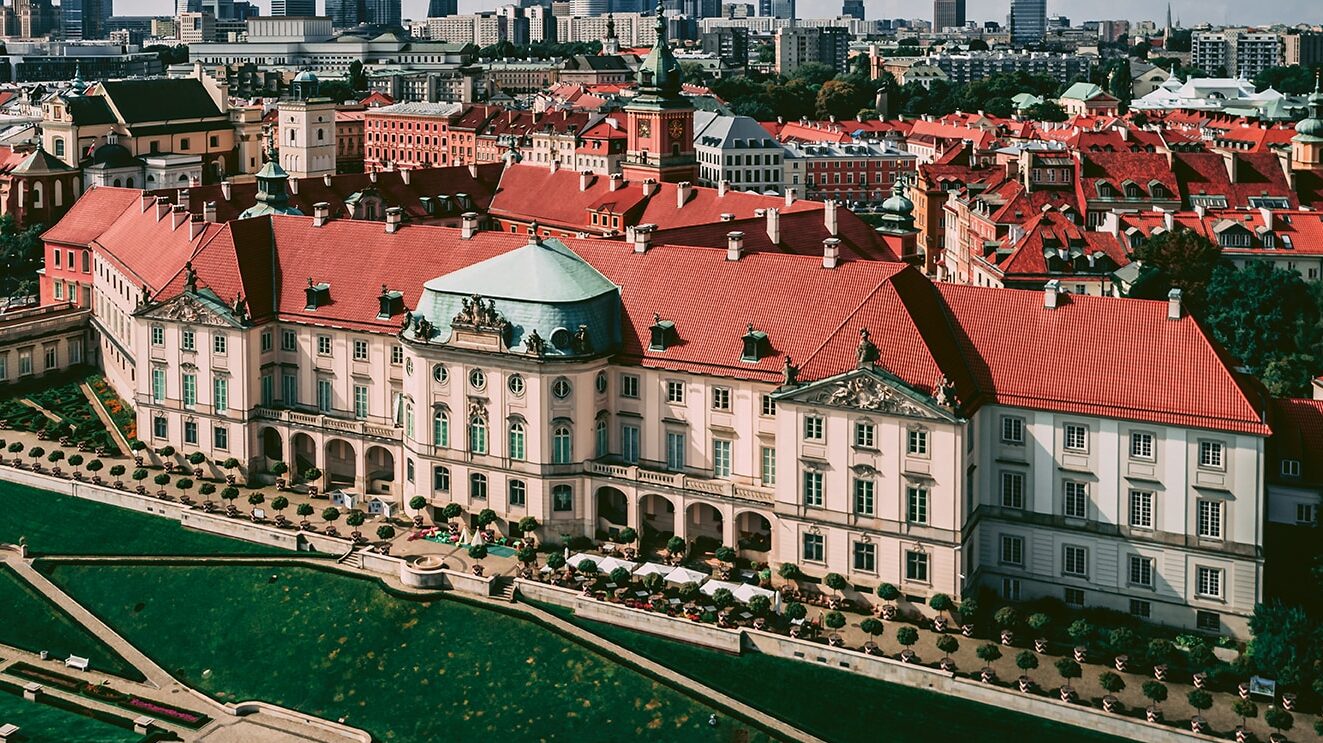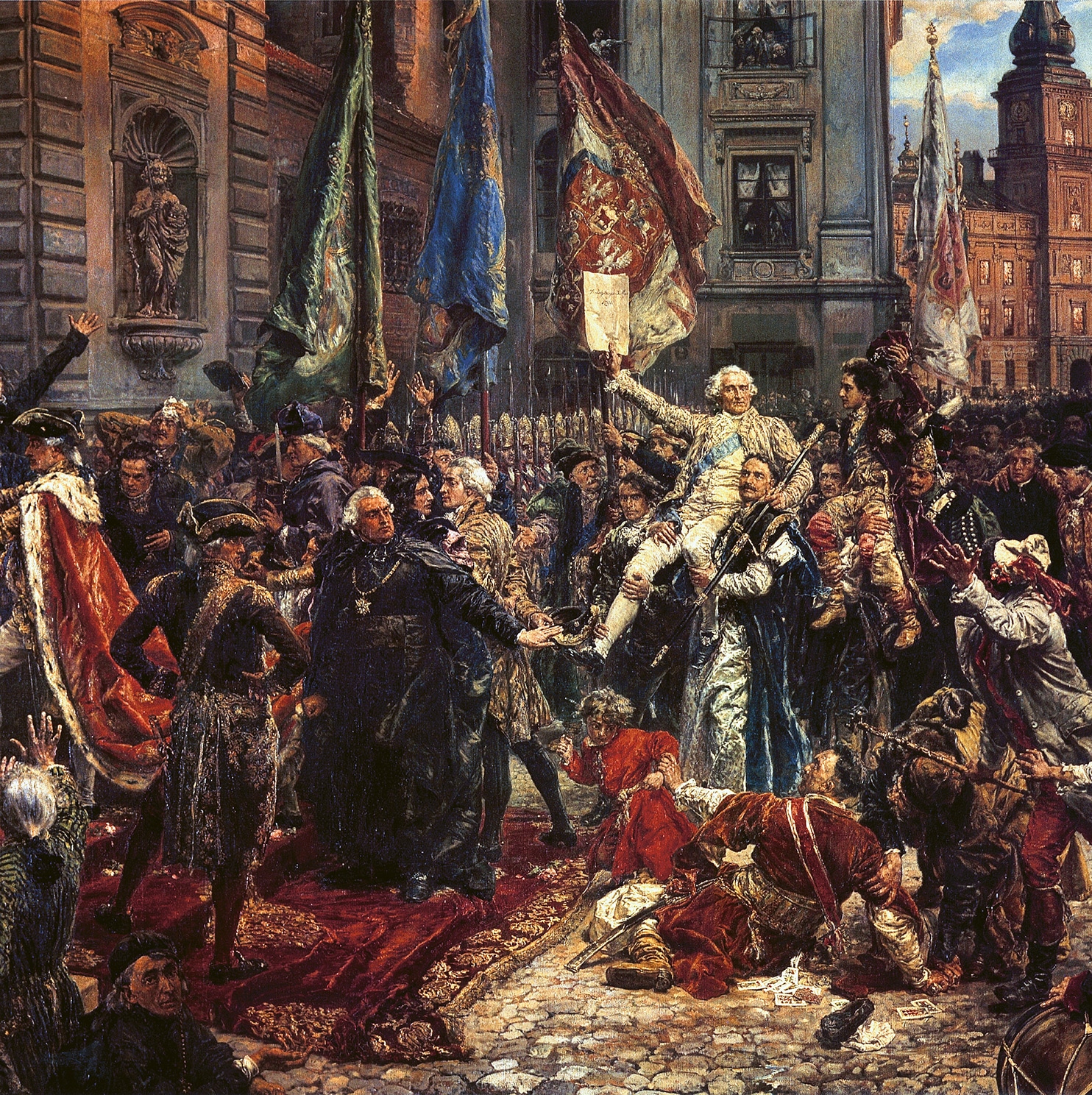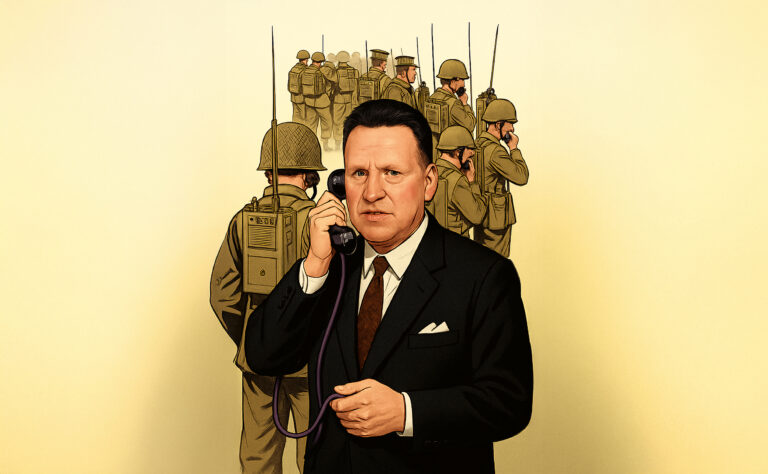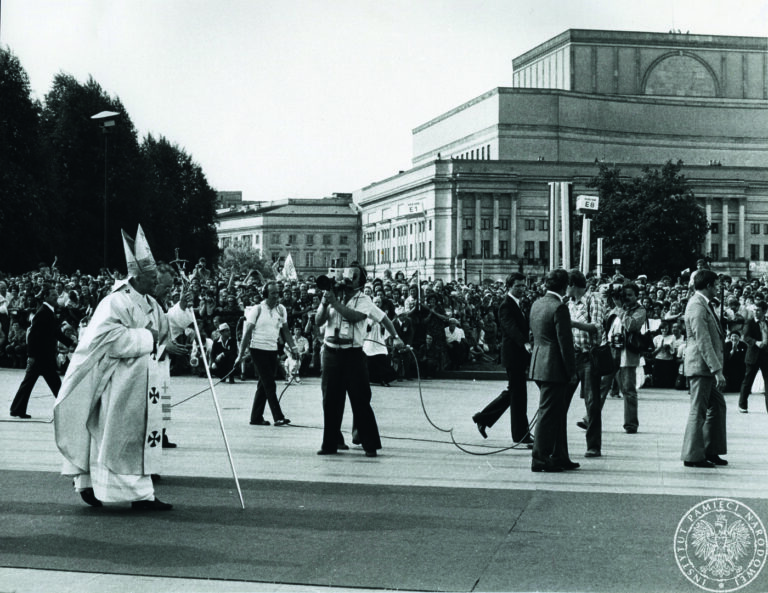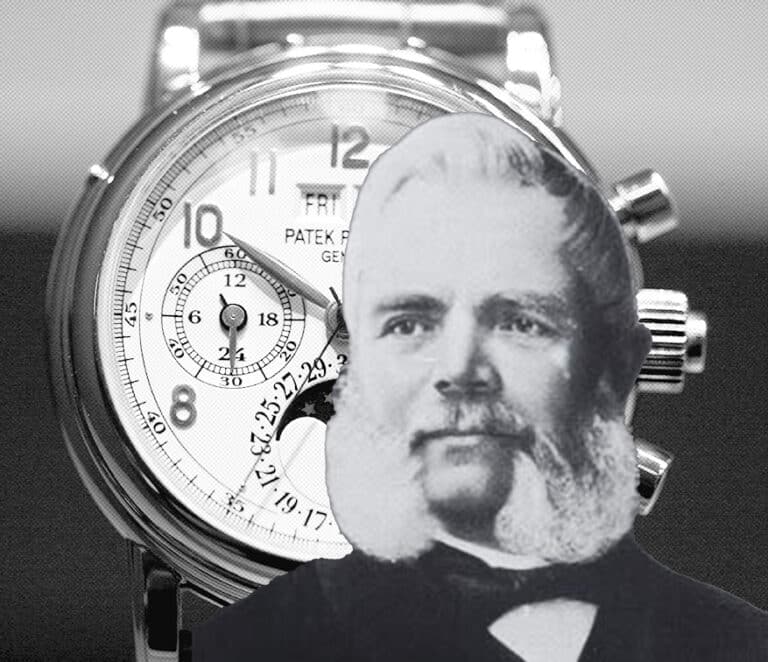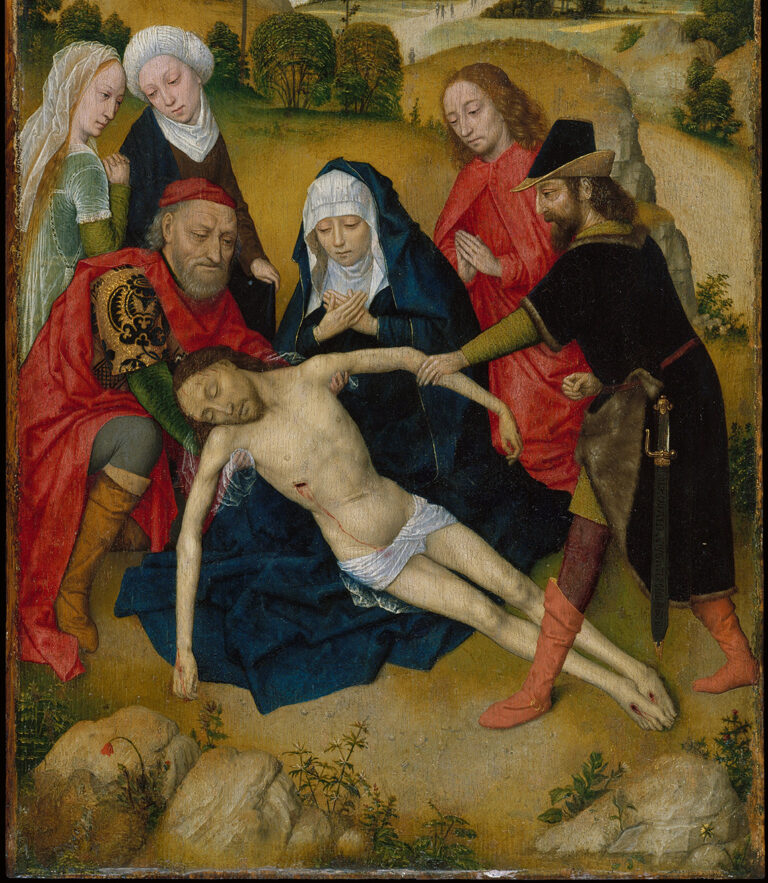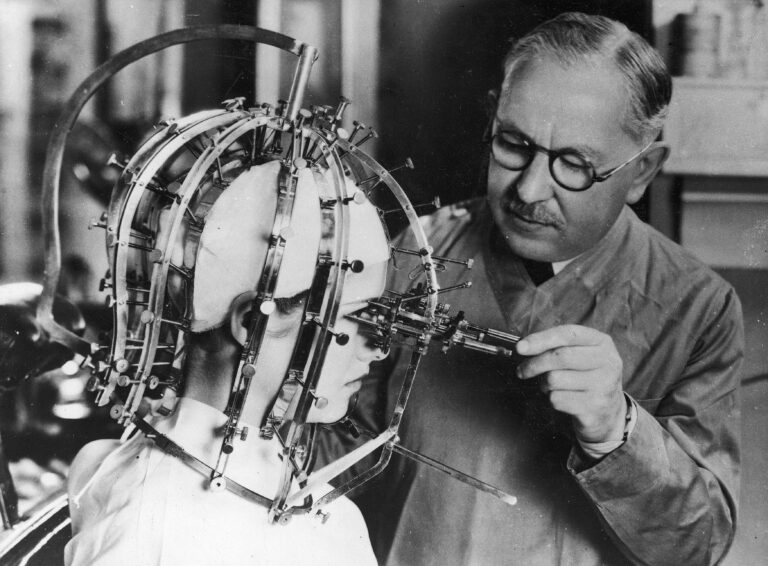A Walk with the Constitution
The first constitution in the world was adopted by the Americans when they founded their country. The second—by the Poles. For centuries, Poland was the only country where the nobility elected and could dismiss the king. They established laws that were binding on themselves and all citizens. However, as the world began to change, Poland became the first country in Europe to adopt a modern constitution.
The first constitution in the world was adopted by the Americans when they founded their country. The second—by the Poles. For centuries, Poland was the only country where the nobility elected and could dismiss the king. They established laws that were binding on themselves and all citizens. However, as the world began to change, Poland became the first country in Europe to adopt a modern constitution.
A Modern Constitution
The Constitution replaced the election of the king with a hereditary monarchy but introduced many modern solutions. First, it adopted the separation of powers—something that existed in no other European country at the time. Legislative power was to be exercised by the Sejm, convened by the king; executive power by the king and the newly created Guardians of the Laws; and judicial power by the courts.
Poland had long had a bicameral Parliament, made up of a lower chamber—the Sejm—and an upper one—the Senate—but the Constitution of May 3 clearly organized this structure. It introduced principles for electing deputies and regular terms of office. The Sejm was elected for uninterrupted two-year terms, meaning it could be convened at any time if needed. Regular sessions were held every two years and lasted 70 days, with the possibility of extending debates to 100 days.
The Guardians of the Laws can be considered a type of government. It included the king, the primate, five ministers, the heir to the throne (without voting rights), and the Sejm marshal (also without voting rights). The Guardians of the Laws were the highest authority in the country.
The Constitution also announced the creation of permanent land and municipal courts, as well as second-instance courts—the Crown Tribunal and assessor courts.
In addition, the Constitution introduced taxation for the nobility, increased the size of the military, and granted rights to townspeople and peasants. It did not need to introduce freedom of religion—religious freedom had been a right of Polish citizens for centuries.

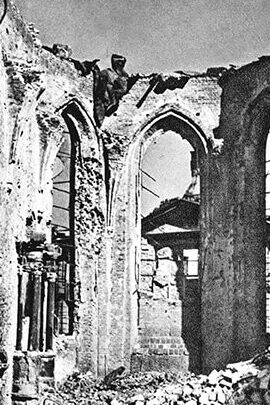
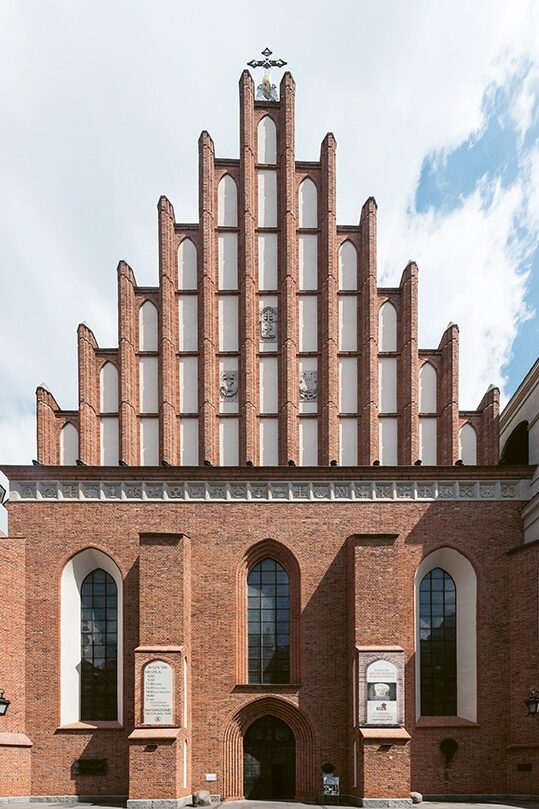
The Holiday
The Constitution of May 3 was adopted during a very difficult time—Poland had been weakened by previous wars, and neighboring states—Russia, Prussia (Germany), and Austria—were actively pursuing anti-Polish actions, aiming to divide and occupy Polish territory. The Constitution was an attempt to save Poland from partition and destruction. It failed, and the partitions took place, but to this day, this modern act remains a source of pride for Poland. After Poland regained independence in 1918, the anniversary of its adoption was celebrated as a national holiday. It’s also worth noting that in 1920, at the request of the Polish people, Pope Benedict XV designated May 3 as the Feast of the Blessed Virgin Mary, Queen of Poland. The day was thus celebrated solemnly by Catholics, with the largest celebrations taking place at Jasna Góra—the most important Marian shrine in Poland. After World War II, the communists abolished the May 3 Constitution Holiday. It was no longer a day off work. For example, it was forbidden to hang Polish flags on homes. Yet, as much as possible, Poles continued to celebrate this dual holiday—Constitution Day and the Feast of the Queen of Poland. Today, it is a major holiday for Poles—both state and, as is important in Polish tradition, religious.
A Picnic with the King
The Constitution of May 3 also inspired Polish artists. During the partitions, a song was composed about it titled “Witaj majowa jutrzenko,” and in 1891, the most famous Polish painter, Jan Matejko, painted “Constitution of May 3, 1791,” depicting the procession from the Royal Castle to St. John’s Archcathedral. On May 3, the song “Witaj majowa jutrzenko” is sung throughout Poland.
Each year on this day, many ceremonies take place in Poland. For example, in Warsaw, at noon in front of the Royal Castle, the Polish flag is raised, and a parade is held. But it is also a day for picnics and various forms of celebration. In Warsaw, the annual May 3 Constitution Run takes place, and in Łazienki Królewskie Park there are exhibitions and picnics where you can meet people dressed in period costumes from the time of the Constitution’s adoption.
The Polish constitution became a model for other European countries. Poland was a leader in democracy. That’s one reason why we’re so proud of the Constitution of May 3. We invite you to join us in celebrating this event and to take a walk through the streets of Warsaw’s Old Town to feel the joy of those days.
